By Date
Assessing the private sector's role in reef restoration
 June 17, 2025
June 17, 2025 A recent study by ESPM professor Rachel Carlson explores whether Hawaiian businesses are willing to pay to protect coral ecosystems.
How tiny organisms manage stress to power the planet
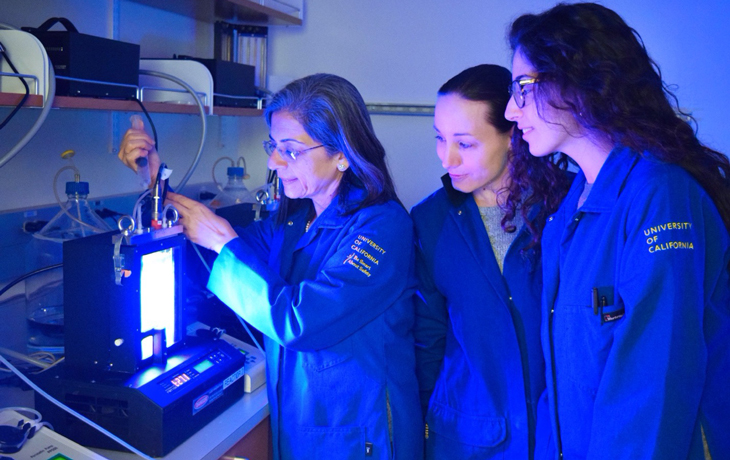 June 16, 2025
June 16, 2025 Postdoctoral researcher Sunnyjoy Dupuis, PhD '25 Microbiology, writes about the PMB and QB3-Berkeley scientists peeking in on algae at night to discover how the organisms prepare for another stressful day on the job.
Everything in Life, from Water
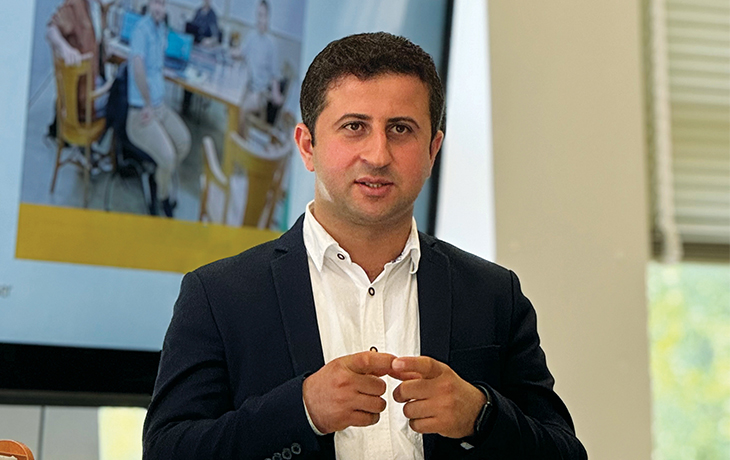 June 13, 2025
June 13, 2025 2024 Bearhs Environmental Leadership Program participant Ali Odeh leads water service providers in Palestine.
New supercomputer named after Doudna
 The U.S. Department of Energy (DOE) recently announced a new contract with Dell Technologies to develop a supercomputer named after Jennifer Doudna at the National Energy Research Scientific Computing Center (NERSC). The new flagship computer, NERSC-10, will support large-scale high-performance computing workloads that make cutting-edge science possible. Read the announcement from the Berkeley Lab here.
The U.S. Department of Energy (DOE) recently announced a new contract with Dell Technologies to develop a supercomputer named after Jennifer Doudna at the National Energy Research Scientific Computing Center (NERSC). The new flagship computer, NERSC-10, will support large-scale high-performance computing workloads that make cutting-edge science possible. Read the announcement from the Berkeley Lab here.
Alumna startup Aluna acquired by Huma
Does the federal WIC program help manage gestational weight gain?
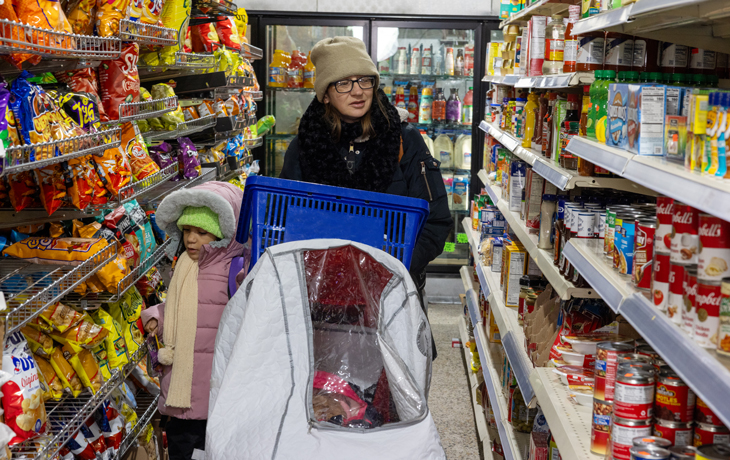 June 12, 2025
June 12, 2025 A recent study from Nutritional Sciences and Toxicology researchers identifies opportunities to improve maternal health through the WIC program.
Ünal promoted to professor
 Congratulations to Elçin Ünal on her promotion to MCB Professor of Genetics, Genomics, Evolution, and Development!
Congratulations to Elçin Ünal on her promotion to MCB Professor of Genetics, Genomics, Evolution, and Development!
The Ünal Lab studies the principles that control the nuclear and cytoplasmic integrity of gametes. Read more about the Ünal lab and their research.
Shuldman selected as Presidential Chair Fellow

Teaching Assistant Professor Michal Shuldman was selected as one of the instructors for the 2025-2027 Presidential Chair Fellows (PCF) cohort. Awarded by the Center for Teaching & Learning (CTL), PCF faculty design and implement a research study on undergraduate student-centered teaching and learning. Read more here.
Endangered gorillas reintroduced into the wild
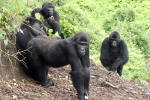
IB Assistant Professor Tierra Smiley-Evans, Chief Veterinary and Scientific Officer for Gorilla Doctors, recently was part of a team that reintroduced four female critically endangered Grauer's gorillas from their sanctuary back into the wild in the Democratic Republic of the Congo. Read the full story here.
Why working lands are critical to Wyoming’s conservation goals
 June 10, 2025
June 10, 2025 ESPM professor Arthur Middleton, who co-directs the Stone Center for Environmental Stewardship, offers a recap of a recent panel on how Wyoming's ranches, farms, and forests are important to the future of conservation in the state.
Whiteman receives 2025 GSA Medal

Professor of Genetics, Genomics, Evolution, and Development Noah Whiteman has been awarded the 2025 Genetics Society of America medal for his "outstanding contributions to the field of genetics." Read about the award and his research.
Feeding the world without ‘eating the earth’
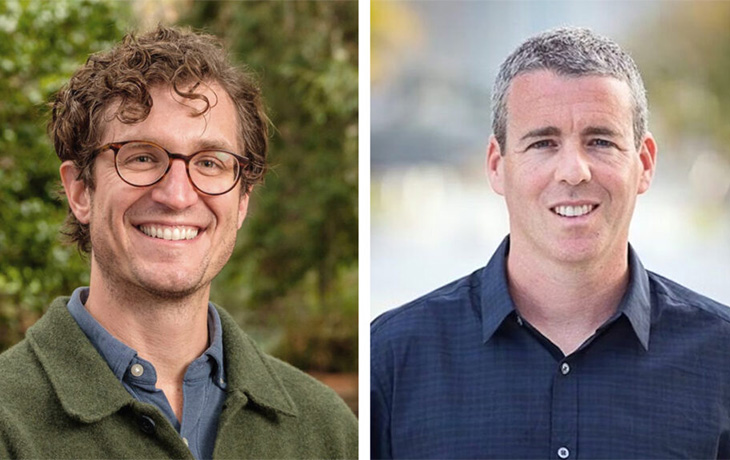 June 09, 2025
June 09, 2025 ESPM professor Timothy Bowles and journalist Michael Grunwald discuss the impact of our current agricultural methods and debate the ways we can ramp up food production without causing more harm to the environment.
UC Berkeley Awards $200K Venture Grant to HypO2Regen Therapeutics
Four ESPM students receive funding from the Stone Center for Environmental Stewardship
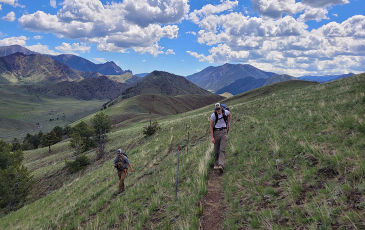 June 06, 2025
June 06, 2025 Michelle Katuna, Dara Noonan, McKalee Steen, and Royale Williams are receiving grants from the Center to support their conservation research.
Q&A: Ana Paula Arruda
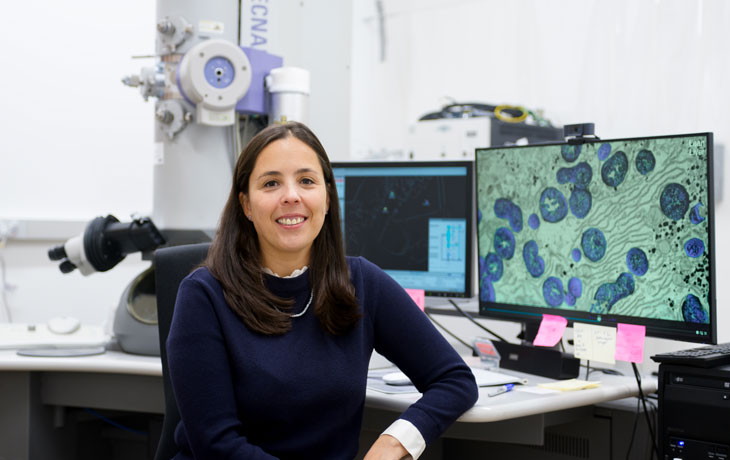 June 05, 2025
June 05, 2025 The NST assistant professor speaks about why she became a scientist and the value of scientific research for shaping a healthier and more sustainable future.
New panels recognize UC Berkeley’s ties to National Parks history
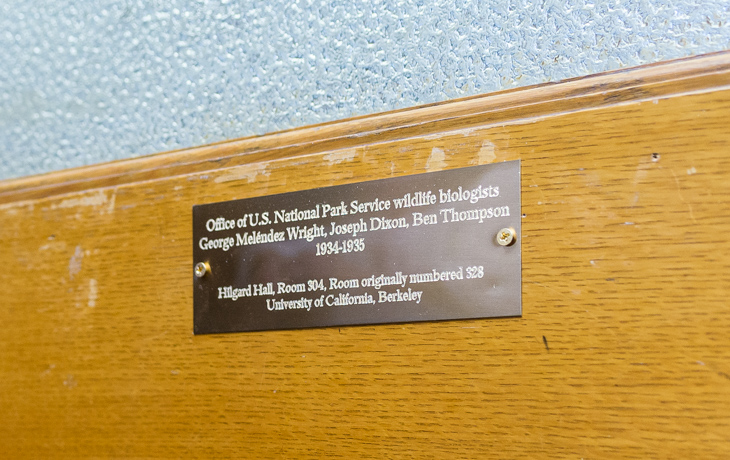 June 04, 2025
June 04, 2025 Rooms 304 and 205 in Hilgard Hall now bear the names of the UC Berkeley scientists who brought science-based natural resource management to the National Park Service.
On the Ground: National Geographic Explorers
 June 03, 2025
June 03, 2025 Highlighting some of the Rausser College students, faculty, and alums affiliated with the esteemed Society.
Nuñez named Hellman Fellow
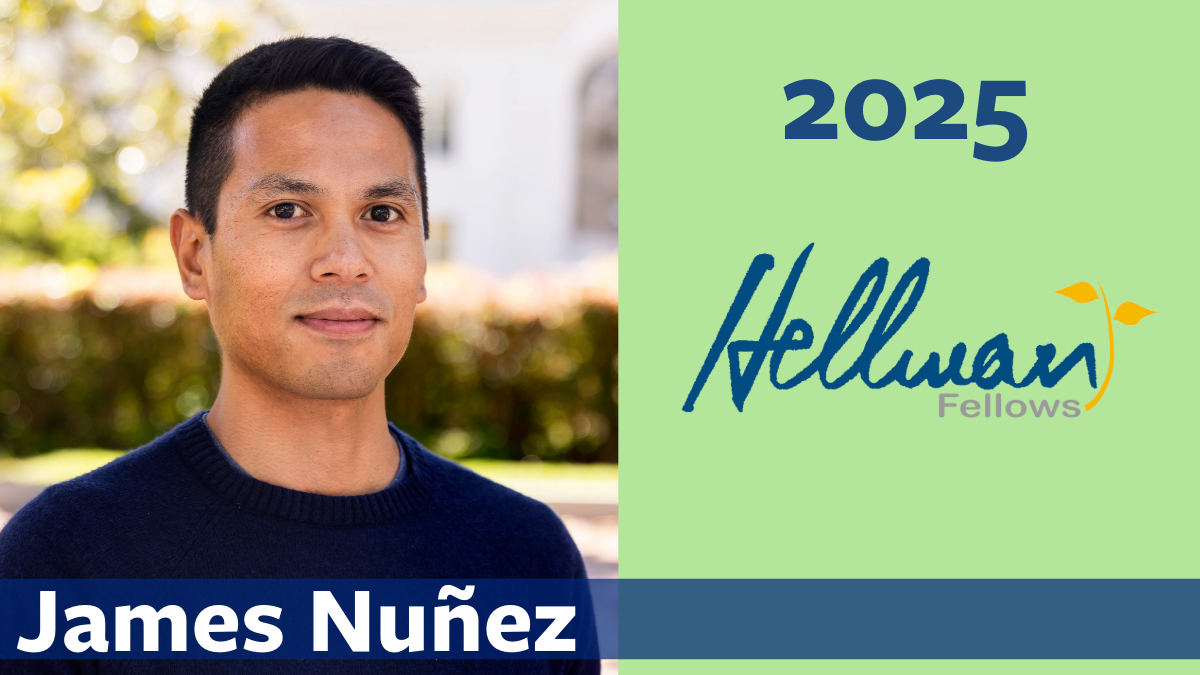 Assistant Professor of Biochemistry, Biophysics and Structural Biology, James Nuñez, was named a 2025 Hellman Fellow. This award, from the Society of Hellman Fellows Fund, was designed to support early career faculty who have shown evidence of their promise for distinction in research. Read more about the Society of Hellman Fellows here.
Assistant Professor of Biochemistry, Biophysics and Structural Biology, James Nuñez, was named a 2025 Hellman Fellow. This award, from the Society of Hellman Fellows Fund, was designed to support early career faculty who have shown evidence of their promise for distinction in research. Read more about the Society of Hellman Fellows here.
Gordon Rausser named 2025 Distinguished Emeritus of the Year
 June 02, 2025
June 02, 2025 The award, which is bestowed by the UC Berkeley Emeriti Association, recognizes Rausser's contributions to research and service to UC Berkeley since he retired from the Department of Agricultural and Resource Economics in 2019.
Postdoc Erin Doherty named Leading Edge Fellow
 Congratulations to MCB postdoc Erin Doherty (Doudna Lab) on being named a 2025 Leading Edge Fellow for her pioneering research focused on the mechanism of viral immune evasion strategies. Read more about the Leading Edge Fellows here.
Congratulations to MCB postdoc Erin Doherty (Doudna Lab) on being named a 2025 Leading Edge Fellow for her pioneering research focused on the mechanism of viral immune evasion strategies. Read more about the Leading Edge Fellows here.